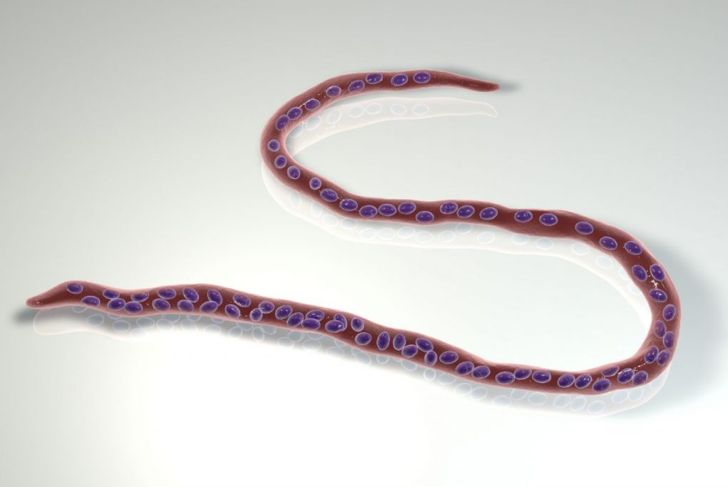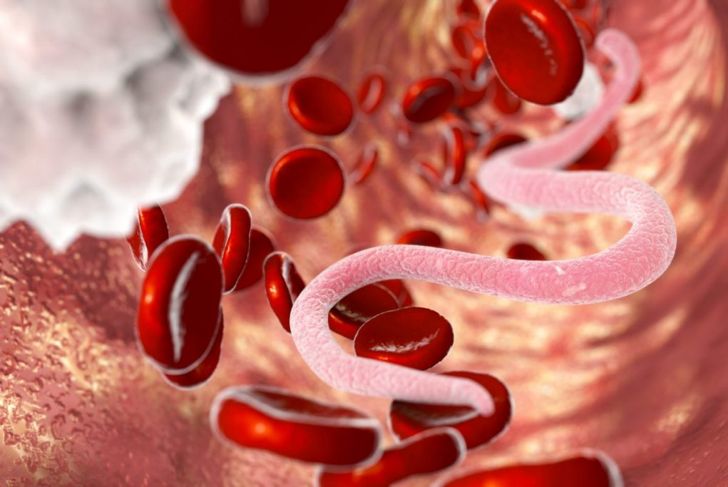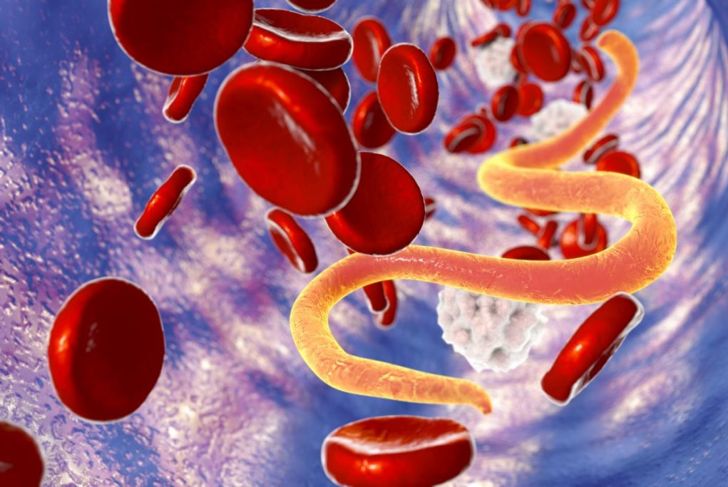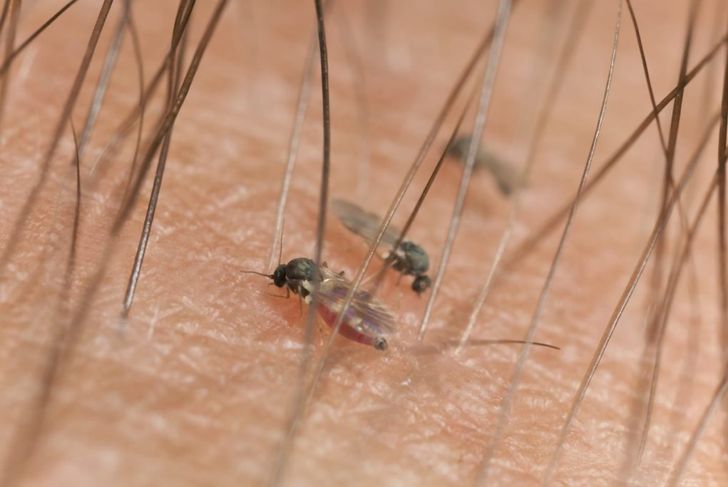Commonly known as “river blindness,” onchocerciasis affects some 20 million people worldwide, the vast majority of those residing in African countries. Onchocerciasis can affect anyone, but because it has been prevalent in sub-Saharan adults for many generations, it affects family dynamics and education prospects for children in these areas, where blind adults must rely on children for even basic tasks. After trachoma, onchocerciasis is the most common cause of blindness from infection.
Symptoms of Onchocerciasis
Experts classify onchocerciasis as an eye and skin disease — it causes severe itching, visual impairment, and disfiguring skin conditions. Many of these cases lead to permanent blindness. The skin symptoms are due to worms in the lower layers of the skin, which prompt the immune system to cause inflammation when the parasites die. Nodules under the skin, surrounding the worms, are tell-tale signs of onchocerciasis.
Causes of Onchocerciasis
A parasitic worm called Onchocerca volvulus causes onchocerciasis. Simulium blackflies are infected with this worm. The flies breed on the banks of rivers and streams, close to villages in remote areas of the countryside where the land is fertile, and humans farm it. When the flies bite humans, they transmit the worms through the bloodstream.
Stages of Onchocerciasis
Onchocerciasis varies in severity, depending on the number of parasites and the body’s response to them. The disease comes in stages, starting with papular onchodermatitis — round blemishes all over the body — then develops into chronic papular onchodermatitis or hyperpigmentation. Edema, lesions, scales, scars, and other bacterial infections take over as the disease progresses toward Lichenified onchodermatitis. The next stage is skin atrophy, a loss of elasticity and a reptilian appearance to the skin, followed by spotty depigmentation, and finally the glaucoma effect or visual problems.
How Doctors Diagnose Onchocerciasis
Light infections of onchocerciasis are common in travelers who become infected while visiting a foreign country. This degree of infection is harder to diagnose. The skin snip is the most widely used method for diagnosing river blindness. A doctor performs a biopsy by scraping a small piece of skin. Exposing this sample to saline or other physiologic solutions causes the larvae to emerge. Physicians usually take six skin snips from areas of skin across the body. A polymerase chain reaction can also help the diagnosis when the larvae are not visible otherwise.
Treating Onchocerciasis
Unfortunately, there is no vaccine to prevent people from becoming infected with O. volvulus. To eliminate the disease, in Africa doctors use an antiparasitic ivermectin solution. In the Americas, a large-scale treatment with ivermectin is put forward twice a year. In some situations, O. volvulus can co-exist with Loa loa (African eye worm). The latter parasite is otherwise harmless, but these people develop severe adverse reactions to ivermectin, so they need other treatments.
Misconceptions About Onchocerciasis
There are widespread misconceptions about onchocerciasis and how it’s transmitted. The most common one is that lack of hygiene raises one’s risk of infection. However, cleanliness does not affect the chances of a person being bitten by infected black flies. Another common misconception is that people are more likely to have it if they eat too much sugar, though this again does not affect the spread of the disease. To help educate people in remote rural areas about the risks of the disease and how it is spread, whole communities come together to encourage people to report their symptoms.
Possible New Treatment for Onchocerciasis
A new approach to treating onchocerciasis involves using a widely available antibiotic that is sold across the world under a variety of brand names. It kills the Wolbachia bacteria on which the adult worms depend for survival, thus killing the worm. Some treatments involve a dual approach, focusing on both the bacteria and the worm. Like antiparasitic treatments, experts advise against prescribing this medication for people with Loa loa.
Risk Factors for Onchocerciasis
Onchocercal infections occur mainly in tropical climates, specifically in about 30 of Africa’s sub-Saharan countries. The parasite can also appear in the Americas, Yemen, and the Middle East. In the Americas, the spread of the parasite is far less devastating, and the government no longer intervenes to stop the transmissions, except for specific areas in Venezuela and Brazil. Of the 20 to 25 million people infected worldwide, roughly 300,000 are blind, while 800,000 have a visual impairment. An estimated 123 million people are at risk of an O. volvulus infection worldwide.
Preventing an O. volvulus Infection
Unfortunately, the only way to prevent an O. volvulus infection is to avoid being bitten by the black flies that carry the parasite. There are over 1,800 species of Simulium black flies, and these small and inconspicuous insects are very quick to bite. They prey on all mammals and hover around herds and large animals. They’re very active during the day, so people who might be exposed to them must cover up or wear fine mesh protective layers. In the evenings, using a canopy around the bed can help keep the flies at bay. Insect repellents specifically for biting flies may also help.
Living with Onchocerciasis
Onchocerciasis is not contagious, so it’s impossible to spread through contact with other humans. It’s also not a deadly disease, unlike malaria, and depending how many parasites are in the body, the disease can stop developing at various stages and levels of severity. After repeated exposure to the disease, many of the symptoms that affect the skin can become irreversible. The glaucoma effect stage can lead to permanent blindness. River blindness is unfortunately widespread, particularly in older, remote generations with no access to medicine or means of learning about the disease, but there is hope that treatment will become more widely available.

 Home
Home Health
Health Diet & Nutrition
Diet & Nutrition Living Well
Living Well More
More




















